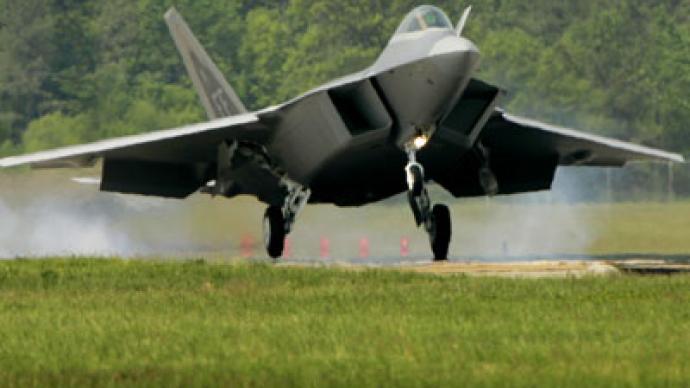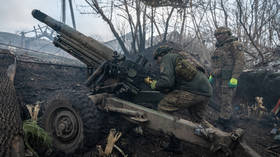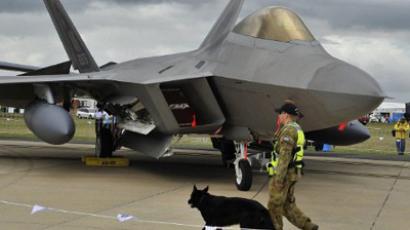Quick fix? US solves F-22 Raptor hypoxia mystery

The US Air Force determined that constricting altitude vests were to blame for a spate of F-22 Raptor jet pilots fainting, sometimes mid-flight. But ground crews exhibiting the same symptoms suggest a contaminated oxygen supply could be the culprit.
The Air Force claims it is “confident” it has identified the issue, and will be lifting the flight restrictions on the F-22 imposed by Defense Secretary Leon Panetta.In response to the previously unexplained symptoms of fainting, sluggishness and disorientation reported by pilots since 2008, the Air Force said it was taking two corrective measures.Pentagon spokesperson George Little said the modifications will be made in the aircraft cockpit’s life support system."First, the Air Force will replace a valve in the upper pressure garment vest worn by pilots during high-altitude missions. The valve was causing the vest to inflate and remain inflated under conditions where it was not designed to do so, thereby causing breathing problems for some pilots,” said Little.The second modification entails the removal of an air filter that was installed to test for contaminants in the oxygen supply, increasing the volume of air delivered to the pilot.The Air Force had previously viewed the in-flight vests as only a contributing factor for the pilots’ recurring health problems. “The Air Force is confident the root cause of the issue is the supply of oxygen delivered to pilots, not the quality of oxygen delivered to pilots,” Little said.However, there have been reports of ground crews exhibiting hypoxia-like symptoms while running through engine tests. Little said he "did not have specifics" on those incidents.Five ground engineers complained of similar illnesses between September and December last year, Air Combat Command spokesman Lt. Col. Tadd Sholtis said in an Air Force Times article. A congressional aide told the Air Force Times this was from inhalation of ambient air during engine-testing runs.
Baby steps
Despite the Air Force’s confidence that they have found the solution to the F-22’s woes, the craft will not be immediately returned to full service.Pilots will be deployed to the Japanese air base in Kadena, and will be flying at low altitude that does not require the use of altitude vests. They will also stay near landing strips as a precautionary measure. “This is a phased approach, this is prudent, it is recommended by Air Force leadership, and the secretary approved the recommendations,” Little said.Issues with the F-22’s oxygen system were first flagged in 2010 after a crash killed Capt. Jeff Haney close to a military base in Alaska. An Air Force investigation put the crash down to pilot error, maintaining that Haney did not activate the emergency oxygen system in time to avert catastrophe. In a separate incident, one pilot reportedly becoming so disorientated that he skimmed some treetops before pulling up.The F-22 is the USAF’s most expensive aircraft, with the 185 jets currently in service costing an estimated $79 billion. But despite the program’s high costs, the Raptors have yet to fire a shot in anger.















